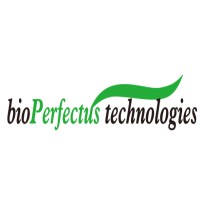New Test Rapidly Detects Trace Pesticides in Foods
By LabMedica International staff writers
Posted on 20 Nov 2009
A "dipstick” test to identify small amounts of pesticides in foods and beverages produces results in minutes rather than hours, by means of a color changing paper-strip.Posted on 20 Nov 2009
Researchers at McMaster University (Hamilton, ON, USA) developed the reagent-less, bioactive paper-based solid-phase biosensor, which can be used for the detection of acetylcholinesterase (AChE) inhibitors, which include organophosphate pesticides. The assay strip is composed of a paper support strip, onto which AChE and a chromogenic substrate, indophenyl acetate (IPA) are entrapped using biocompatible sol-gel derived silica inks in two different zones (the sensing and substrate zones). The assay protocol involves first introducing the sample to the sensing zone via lateral flow of a pesticide-containing solution. Following an incubation period, the opposite end of the paper support is placed into distilled deionized water (ddH2O) to allow lateral flow in the opposite direction, thus moving the paper-bound IPA to the sensing area and initiating enzyme catalyzed hydrolysis of the substrate, which causes a yellow-to-blue color change.
The modified sensor is able to detect pesticides without the use of any external reagents, with excellent detection limits and rapid response times of approximately five minutes. In field tests, the sensor strip showed negligible matrix effects in the detection of pesticides in spiked milk and apple juice samples. Bioactive paper-based assays on pesticide residues collected from food samples showed good agreement with a conventional mass spectrometric assay method. The study describing the biosensor was published in the November 1, 2009, issue of Analytical Chemistry.
"The bioactive paper assay should, therefore, be suitable for rapid screening of trace levels of organophosphate and carbamate pesticides in environmental and food samples,” concluded lead author John Brennan, Ph.D., and colleagues of the department of chemistry and chemical biology.
Conventional tests for detecting pesticides tend to use complex mass spectrographic equipment, and in some cases can take several hours to produce results. A growing need for cheaper, more convenient, and more eco-friendly tests for pesticides is being seen, particularly in the food industry and in developing countries or remote areas that may lack access to expensive testing equipment and electricity.
Related Links:
McMaster University













